解説 / Description
ミカドチョウチョウウオは、その美しい姿とは裏腹に、飼育が究極的に困難なことで知られるチョウチョウウオです。その理由は、自然界で生きたミドリイシ属サンゴのポリプしか食べない「絶対的サンゴ食性」という極めて特殊な食性にあります。水槽内ではほとんどの代替餌を拒否し、餓死してしまうことが多く、飼育は専門的な知識と技術、そして献身的な努力が要求されるため、専門家や研究機関レベルでの挑戦とされています。安易な飼育は推奨されず、その生態を理解した上で、多大な覚悟をもって臨む必要があります。 The Eastern Triangular Butterflyfish (*Chaetodon baronessa*) is a beautiful species that is notoriously considered an ultimate challenge to keep in an aquarium. The reason for this difficulty is its highly specialized diet as an “obligate corallivore,” feeding almost exclusively on live *Acropora* coral polyps in the wild. In captivity, most individuals refuse all alternative foods and starve, making their care suitable only for experts and research institutions with the required knowledge, skill, and dedication. Casual keeping is not recommended; a profound commitment based on understanding its ecology is essential.
基本情報 / Basic Information
| 学名 / Scientific Name | Chaetodon baronessa Cuvier, 1829 |
|---|---|
| 通称 / Common Name | ミカドチョウチョウウオ (※ミカドは三角の意)Eastern Triangular Butterflyfish |
| 分類 / Family | チョウチョウウオ科 (Chaetodontidae)Chaetodontidae |
| 英名 / English Name | Eastern Triangular Butterflyfish, Baroness Butterflyfish |
| 分布 / Distribution | 西部太平洋(南日本、フィリピン、インドネシア、オーストラリアなど)Western Pacific (Southern Japan, Philippines, Indonesia, Australia, etc.) |
| 最大体長 / Max Size | 約16cmApprox. 16 cm |
| 寿命 / Lifespan | 不明(長期飼育が極めて困難なため)Unknown (due to extreme difficulty in long-term care) |
飼育環境 / Aquarium Environment
| 水槽サイズ / Tank Size | 最低でも300L(幅120cm規格水槽に相当)以上、理想的には475L(幅120cmワイド水槽や幅150cm規格水槽)以上の十分に成熟した水槽が必須です。A fully mature aquarium of at least 300L (79 gallons, equivalent to a 120cm standard tank) is essential. Ideally, a tank of 475L (125 gallons) or more, such as a 120cm wide or 150cm standard tank, is recommended. |
|---|---|
| 水温 / Temperature | 23℃〜28℃ |
| 水質 / Water Quality | 比重: 1.020-1.025, pH: 8.1-8.4。清浄で安定した水質を維持するため、高性能なプロテインスキマーとUV殺菌灯が強く推奨されます。Specific Gravity: 1.020-1.025, pH: 8.1-8.4. A high-performance protein skimmer and UV sterilizer are strongly recommended to maintain pristine and stable water quality. |
| レイアウト / Layout | 豊富な隠れ家を提供するために、ライブロックを多めに配置します。餌付け段階では食べ残しの清掃がしやすいよう、底砂を敷かないベアタンク方式が推奨されます。Arrange plenty of live rock to provide ample hiding places. A bare-bottom tank is recommended during the feeding acclimation phase to facilitate cleaning of uneaten food. |
| 注意点 / Precautions | 【リーフタンク不可】絶対的なサンゴ食性で、特にミドリイシ属サンゴを捕食するため、サンゴ水槽での飼育は不可能です。[NOT REEF SAFE] As an obligate corallivore that preys specifically on *Acropora* corals, it cannot be kept in a reef aquarium. |
餌と給餌 / Feeding
| 餌の種類 / Diet | 【最重要】自然界では生きたミドリイシ属サンゴのポリプのみを食べます。飼育下で長期生存させる唯一の方法は、殻を少し開けた生アサリを与えることです。一般的な人工飼料や冷凍餌はほぼ食べません。[CRITICAL] In the wild, it exclusively eats live *Acropora* coral polyps. The only viable long-term feeding method in captivity is to offer fresh clams left slightly agape. It will almost certainly refuse common artificial or frozen foods. |
|---|---|
| 給餌のポイント / Feeding Tips | 痩せやすいため、1日に最低3回以上の給餌が必要です。餌付けは極めて困難で、数週間から数ヶ月かかることも覚悟する必要があります。たとえアサリを食べたとしても、栄養が偏り徐々に痩せて死んでしまうことが多いです。Prone to emaciation, requiring at least three or more small feedings per day. Acclimating to food is extremely difficult and may take weeks to months. Even if it accepts clams, it often slowly wastes away due to nutritional deficiencies. |
性格と混泳 / Temperament and Tank Mates
| 性格 / Temperament | ペアで強い縄張りを持ち、同種や他のチョウチョウウオに対して非常に攻撃的です。Forms strong territorial pairs and is very aggressive towards its own kind and other butterflyfish. |
|---|---|
| 混泳の相性 / Compatibility | 単独または確実なペアでの飼育が原則です。混泳相手は、餌の競合をしないハゼやクマノミなど、穏やかな魚に限られます。Keeping a single specimen or a confirmed pair is the rule. Tankmates are limited to peaceful fish that do not compete for food, such as gobies and clownfish. |
病気と対策 / Diseases and Prevention
| かかりやすい病気 / Common Diseases | 不適切な食事と環境によるストレスから免疫力が低下し、白点病に非常に罹患しやすいです。ほとんどの死亡原因は餓死です。Stress from improper diet and environment suppresses the immune system, making it extremely susceptible to Marine Ich. The ultimate cause of death in most cases is starvation. |
|---|---|
| 対策と予防 / Prevention | 導入前の厳格な検疫と、適切な餌を安定して供給することが最も重要です。病気の発生は、飼育環境と食性に根本的な問題があるサインと捉えるべきです。A strict quarantine period before introduction and a stable supply of appropriate food are paramount. Any disease outbreak should be considered a sign of fundamental problems with the diet or environment. |
増やし方(繁殖) / Breeding
| 繁殖形態 / Reproduction | ペアで縄張りを持ち、海中に卵を放出する浮性卵生。Forms territorial pairs and is a pelagic spawner, releasing eggs into the water column. |
|---|---|
| 繁殖のポイント / Breeding Tips | 飼育下での繁殖は成功例がなく、確立されていません。市場に流通する個体はすべて天然採集個体です。There are no successful reports of captive breeding; it has not been established. All individuals in the market are wild-caught. |
特徴的な行動と豆知識 / Behavior and Fun Facts
| 特徴 / Characteristics |
【ミドリイシ専門食】本種の飼育を不可能にしている最大の要因。自然界でミドリイシ属サンゴのポリプしか食べないため、水槽内でこの食事を再現しない限り生存できません。 【サンゴ礁の健康指標】この魚の存在は、健全なミドリイシ群落が存在する証です。サンゴが白化などで死滅した海域からは姿を消します。 【インド洋の双子】太平洋に分布する本種には、インド洋に分布する酷似した近縁種トライアングラーバタフライフィッシュ(*C. triangulum*)がいます。見分け方は尾鰭で、本種は一様に淡い黄色、近縁種は黄色い縁取りがあります。 【*Acropora* Specialist】The primary factor making this species impossible to keep. In the wild, it feeds exclusively on *Acropora* coral polyps, and it cannot survive in an aquarium unless this diet is replicated. 【Coral Reef Health Indicator】The presence of this fish is an indicator of healthy *Acropora* colonies. It disappears from reefs where corals have died from bleaching or other causes. 【Indian Ocean Twin】This Pacific species has a nearly identical counterpart in the Indian Ocean, the Triangular Butterflyfish (*C. triangulum*). They can be distinguished by the tail fin: uniformly pale yellow in this species, versus having a distinct yellow margin in its relative. |
|---|
まとめ / Conclusion
ミカドチョウチョウウオは、飼育が究極的に困難な「絶対的サンゴ食性」の魚です。その美しさに惹かれても、ほとんどのアクアリストにとっては飼育対象外と考えるべきです。 The Eastern Triangular Butterflyfish is an “obligate corallivore” and is ultimately difficult to keep. Despite its beauty, it should be considered off-limits for the vast majority of aquarists.
その飼育は、餌として生きたミドリイシサンゴを長期的に供給できる、専門的な設備と覚悟を持つごく一部の研究者や公的機関に限定されます。最も責任ある行動は、この美しい魚を自然の海に残しておくことです。Its care is limited to a very small number of researchers and public institutions with the specialized facilities and commitment to provide a long-term supply of live *Acropora* corals as food. The most responsible action is to leave this beautiful fish in its natural ocean home.
▶ 記事の生体をAMAZONで買う ▶ 記事の生体をYahooで買う

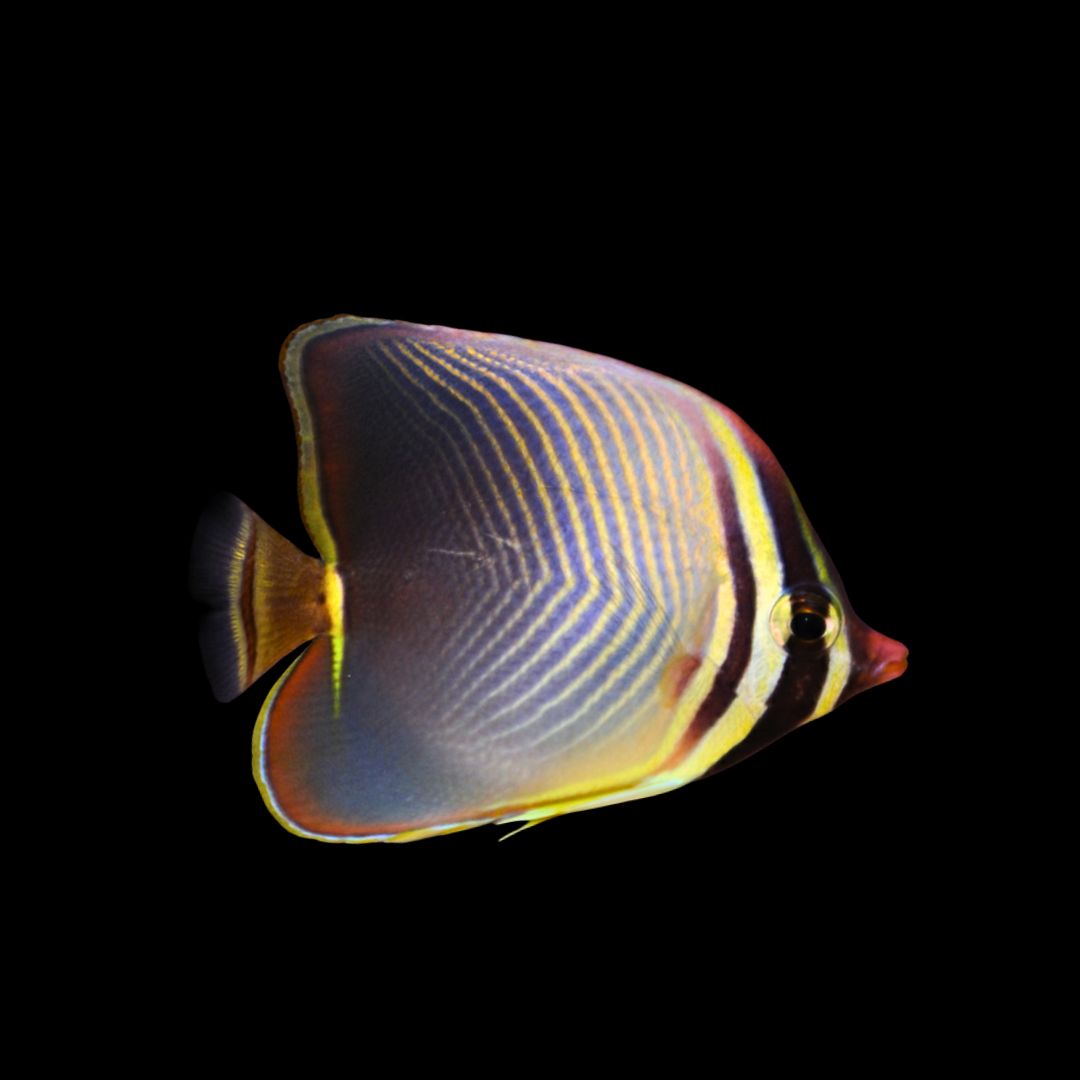






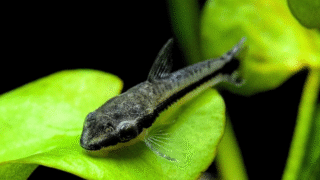
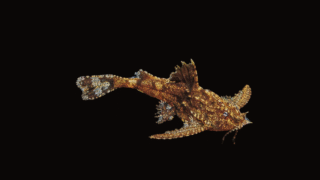
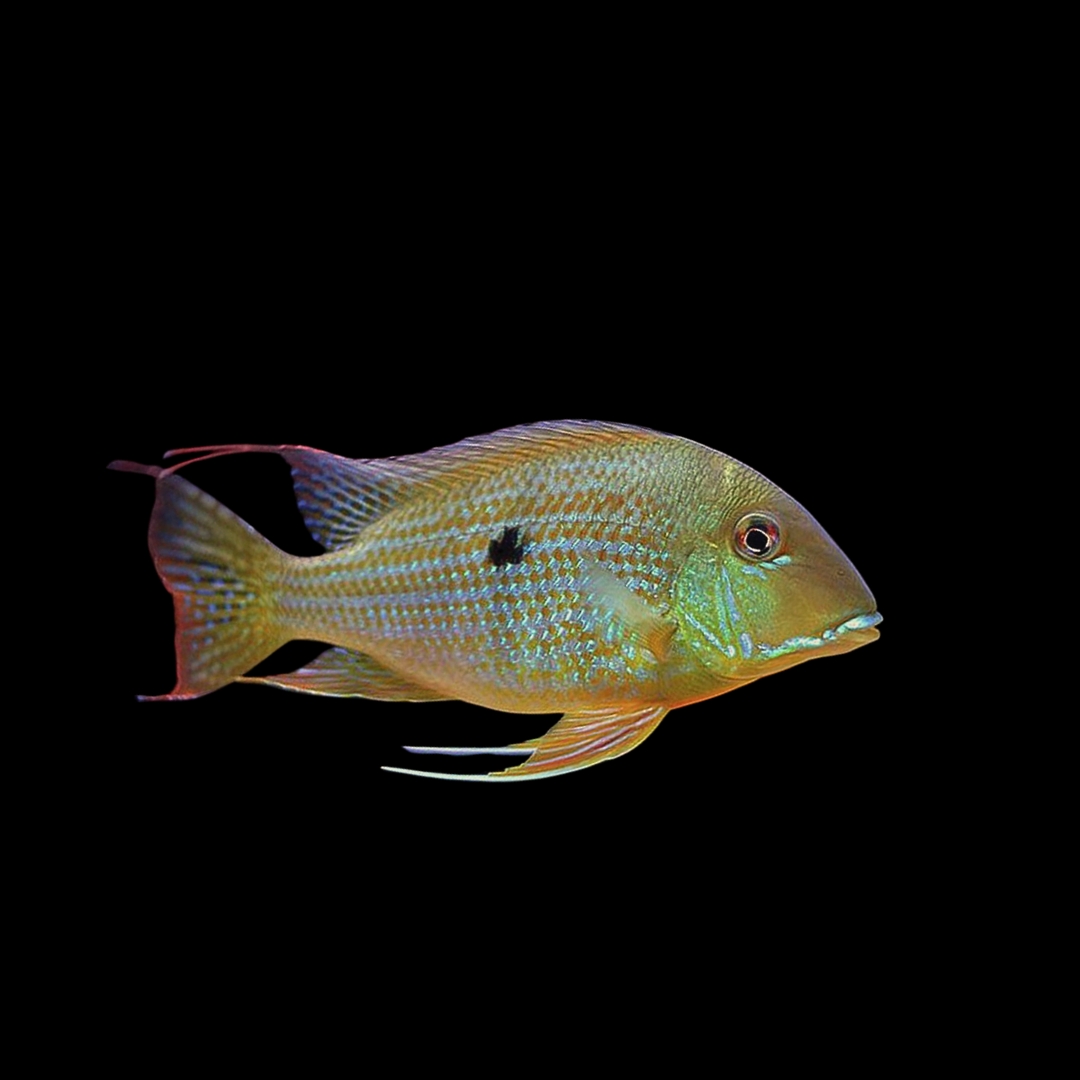
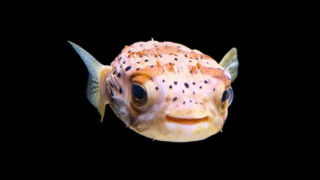

コメント